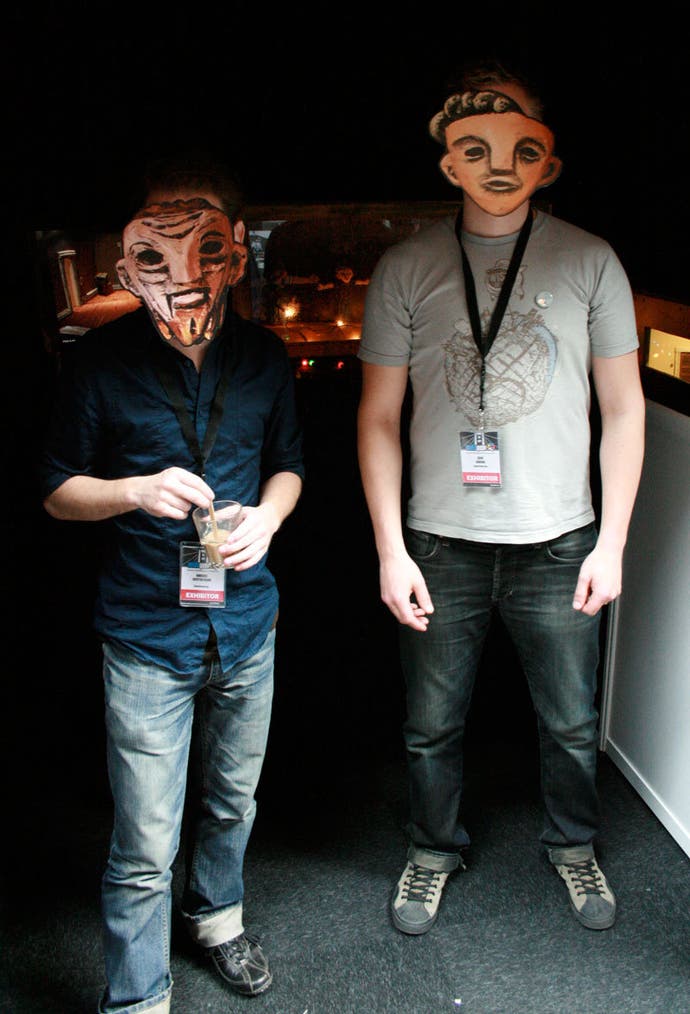The Dream Machine
"This industry really enjoys beating things to a pulp."
It's been said many times, but that doesn't make it any less true: the internet has set game designers free. Before the online gates were opened, you could beaver away for months on your pet project but the chances were that nobody would see it outside of the limited confines of the public domain demo scene, and that's if you were lucky. Nowadays a game born of private passion can be uploaded, bounce from inbox to inbox and build a real-world audience with dizzying speed.
That's what's happening with The Dream Machine, the sort of charming and thoughtful indie game that has gone from obscurity to viral buzz thanks to careful design and an eye-catching visual hook that all but demands you tell your friends about it.
Not to be confused with the 1990 Corey Haim caper, The Dream Machine is an offbeat point-and-click adventure about a young married couple expecting their first child and moving into an apartment together. Of course, things aren't what they seem. The neighbours are odd, the removal man is obtuse, the man who owns the building is downright weird and everyone keeps having peculiar dreams.
It's the work of "two Swedish nerds", Erik Zaring and Anders Gustafsson, and is being released episodically as an online Flash game. The strange atmosphere is built through simple dialogue but heightened by the bold decision to create the entire game using physical clay models and hand-crafted sets. Think Inception by way of Jan Svankmajer and you're halfway there.
Intrigued and smitten by the game's charm, we tracked Gustafsson down for a chat.

The core team consists of me and my partner in crime, Erik. Since we're only two people we have to take on a lot of different roles. I've been trying to focus on the narrative aspects of the game, writing and directing, and Erik has mainly focused on building and producing. On some occasions we've employed the services of people who have expertise in areas we're lacking, like 3D modeling and music composition.
Prior to The Dream Machine I had done a handful of small browser-based games, among them Gateway 1 and 2, but our main background was within the field of traditional animation. Erik has worked on stop-motion commercials and feature-length films, and I've worked on animated TV series and done commercial work for companies like Nike and Adidas.
Prior to working on The Dream Machine, Erik used to manage a stop-motion animation studio in Trollhättan, Sweden, so he already had the knowledge required to build strange and skewed miniature worlds. When we started talking about making a game together, Erik brought up the idea of a stop-motion animated adventure game.
I was reluctant at first, since building a game world physically just sounded too time-consuming. But Erik knocked out four or five miniature sets literally overnight just to prove to me it could be done. When he showed me what he had done, it was love at first sight, and there was no turning back after that.
Once we received some grant money, he called some of his old stop-motion buddies and knocked out the main locations for the game within a three-month period, while I was feverishly labouring with the design document for the game.


